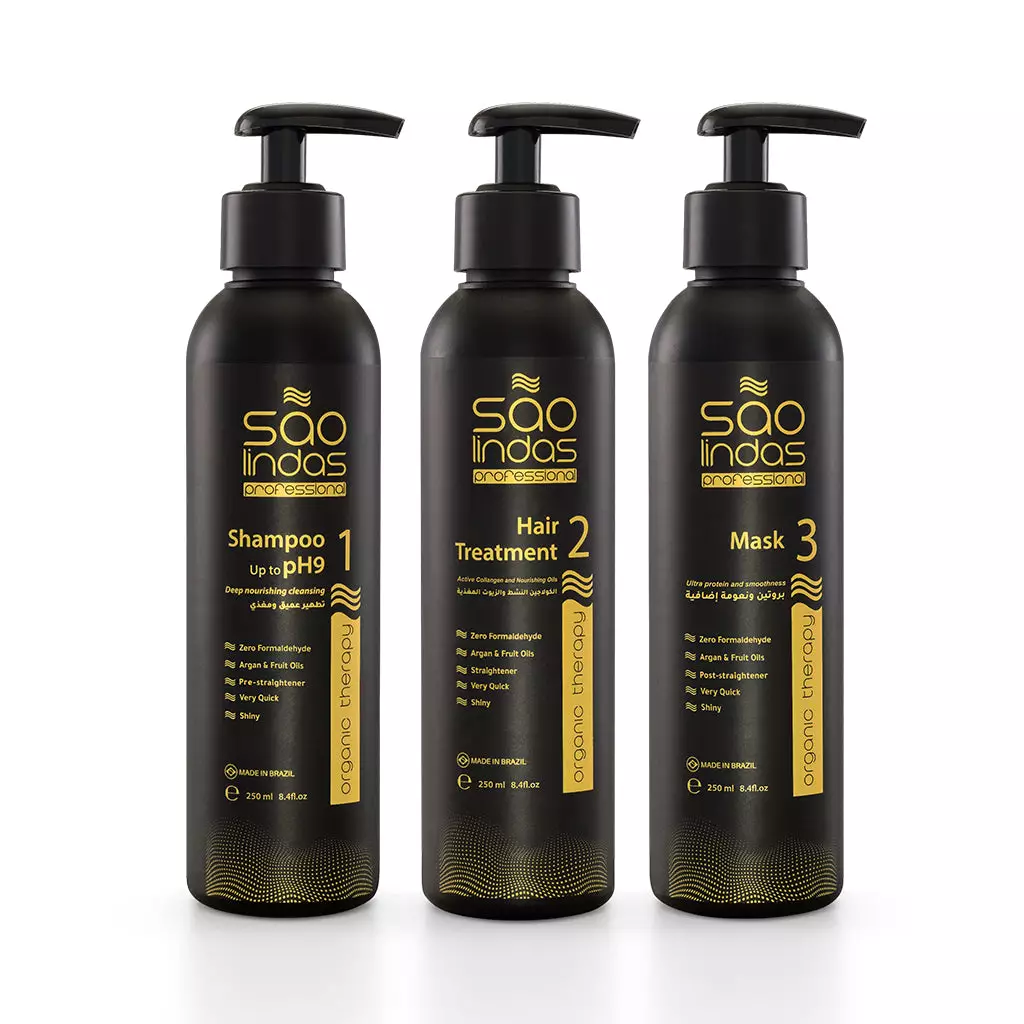The genetic condition of losing hair is called alopecia, but is popularly known as baldness. It is frequently associated with men, but it affects about one-third of women at some time in their lives. Even though alopecia is very common, it affects many people’s self-esteem. When it comes to women, it is even worse since this condition is more socially acceptable for men.
Hair loss is not only a physical issue: it can ruin people’s well-being. If you think you might be suffering from androgenetic baldness, this article will show the main symptoms of it and how to treat it.
How does baldness affect women?
The main type of alopecia that affects men is the same that affects women. It is determined by genetics and it shows patterns: hair loss usually begins through the same spots.
Men usually manifest hair loss around the temples. In women, androgenetic alopecia manifests itself as gradual thinning at the portion line. Then, it is followed by scattered hair loss spreading from the crown of the head. The hairline of a woman rarely recedes, and women rarely go bald.
If you observe unusual hair loss of any kind, see your primary care provider or a dermatologist. That will help you to find out what’s causing it and how to manage it.
To address emotional concerns, you might wish to seek your clinician for a referral to a therapist or support group. Besides genetics, some factors can cause or aggravate hair loss including medical disorders, drugs, and physical or emotional stress.
Women’s hair loss can be aggravating, but there has been an increase in resources for dealing with the condition in recent years.
Patterns and levels of androgenetic baldness in women

By taking a look at your hair, you can identify if you are suffering from alopecia and the level it is affecting you.
Type 1 is the lightest of all: it causes minimal hair thinning and can be easily hidden with some styling techniques. In type 2, the lack of volume gets more noticeable along with a widening of the mid-line part. When it comes to type 3, hair has passed through a very notorious thinning process and you can see the scalp through many spots on the head.
Androgenetic baldness treatment for women

If your hair loss is persistent, you must seek medical help: a doctor will provide the most precise diagnosis and help you with the most efficacious treatment. Usually, treatment involves the use of medication. Here are some of the most famous:
Minoxidil
This medication was popular as a treatment for high blood pressure. As a “side effect”, people had noticed that it increased hair growth – including in places where they had lost it. A minoxidil solution can be applied directly to the scalp. Some solutions even have some additional ingredients to improve hair’s strength, such as herbal extracts.
Iron supplements
Sometimes, iron deficiency results in hair loss. To be sure if that is your case, the doctor must ask for a blood exam to test your blood iron level. If so, you can take iron supplements to improve your hair growth (and health in general). But if your blood iron levels are fine, avoid taking supplements: it would only bring side effects, like constipation and stomach ache.
Anti-androgens
Testosterone and other “masculine” hormones can accelerate hair loss. Anti-androgens can present great results for androgenic alopecia.
In all cases, the medications might be prescribed by a doctor. Don’t take medications without medical supervision; otherwise you can face severe side effects.
Cosmetics

In some cases, cosmetics like shampoos can present some positive results for hair straightening. Biotin, keratin and caffeine are famous ingredients that might help with that. However, it is important to remember that this is not a treatment – it is a complementary step, and for persistent hair loss, only medical help and treatment can present effective results.
[1]https://www.health.harvard.edu/staying-healthy/treating-female-pattern-hair-loss#:~:text=It%27s%20called%20androgenetic%20alopecia%2C%20or,or%20male
If you are looking for hair products to strengthen hair, take a look at Metro Brazil’s website: we have the best authentic Brazilian hair care.
And if you enjoyed this article, don’t forget to share it with your friends and follow us on social media!
References